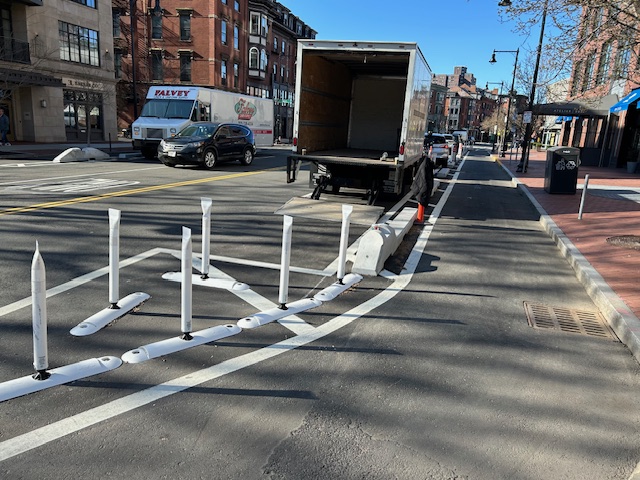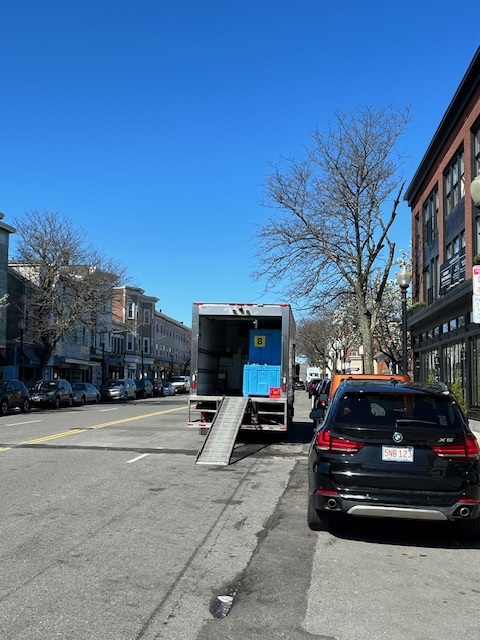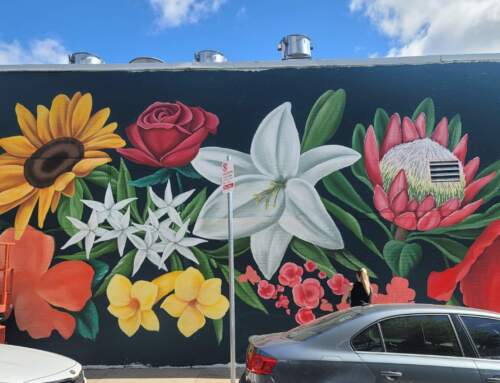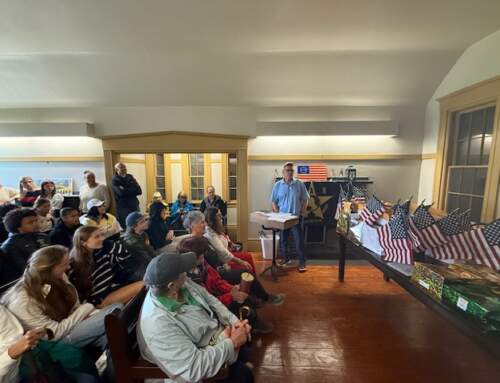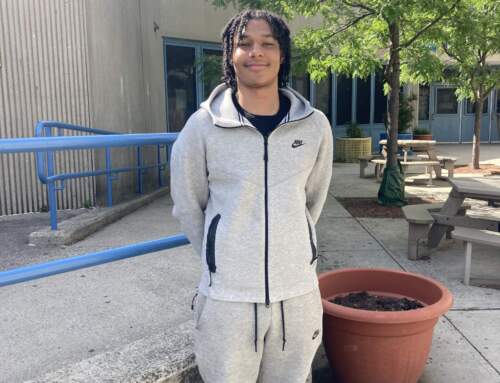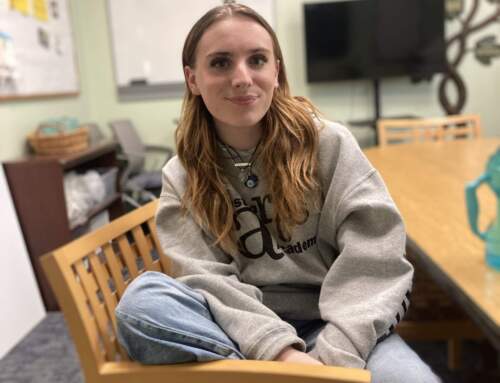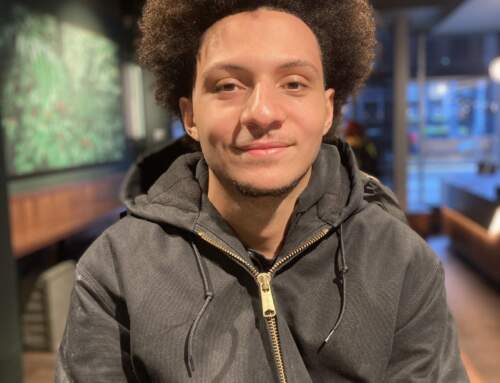by Rick Winterson
Two weeks ago, we covered a quickly-called meeting that was organized by District 2 City Councilor Ed Flynn at the Condon Community Center. Flynn used his impromptu meeting to gather South Boston’s reactions to SBTAP (the “South Boston Transportation Action Plan”), which was being developed for South Boston by the BPDA/BTD. The comments from those who attended Flynn’s meeting were almost uniformly negative. Since then, we met with Councilor Flynn and his Chief of Staff Charlie Levin to further clarify the situation with SBTAP.
In this meeting, Councilor Flynn once again stated his firm opposition to SBATP as proposed, which agrees with the opinions plainly expressed by residents of South Boston at Flynn’s previous in-person meeting. He enlarged upon one of his basic objections to SBTAP: Assigning lanes as recommended by BPDA/BTD would hinder emergency vehicles (fire engines, police cars, ambulances) in transit. He pointed out that East and West Broadway are already crowded at times, due to MBTA buses, trucks loading/unloading, and ordinary shopping and commuting traffic. SBTAP could make this much worse in an emergency.
It’s true that speeding occurs along Broadway and L Street/Summer Street. Pedestrians are often endangered. Councilor Flynn recognizes this and he has advocated for lower speed limits, raised crosswalks, speed bumps, curb changes, and carefully placed crossing islands on what Councilor Flynn refers to as “high-traffic corridors”.
As significant as anything else regarding South Boston’s streets is their usage by our many small businesses along most of Broadway as well as on Dorchester Avenue, Dorchester Street, L Street, in our major squares, and (increasingly) on Old Colony. We have taken a look at Tremont Street in the South End, where significant lane assignments and parking restrictions have been put in place. This has severely damaged several small businesses in that neighborhood. There are even small, red warning signs posted, which say, “For drop-off and pick-up only.” Could this become a future feature along South Boston’s streets?
Councilor Flynn questioned the lack of time taken by BPDA/BTD to evaluate SBTAP’s effect on South Boston’s main concourses. Much more input, studies, and community participation are needed before any changes to our major roadways are undertaken. South Boston is growing – many more people will soon be living here. The six-month pilot program on lane assignments along Summer Street won’t be finished until June 1, and then it will require additional time to accurately evaluate. A realistic assessment of bikes and bike lanes in South Boston is also essential. Bikes have become quite popular except in bad weather and during cold spells. Even so, they still account for only a very small percentage of total travel in South Boston – less than 5%. How practical is it to set aside bike lanes on any of our existing streets?
We also need more time (and perhaps more funding) to properly enforce efficient use of our streets. Actual street hockey and curbside basketball goals might be past history, but marathons, such as the recent “26.TRUE”, need to be run more safely. We’ll close by repeating that a great deal more study and analysis are needed before any street lanes in South Boston can be marked off for specific usages.


